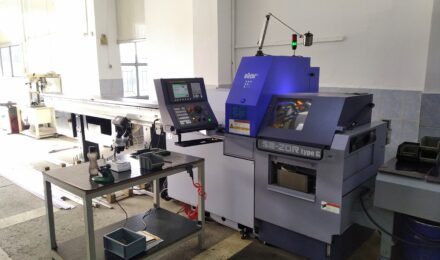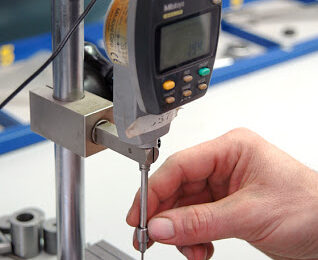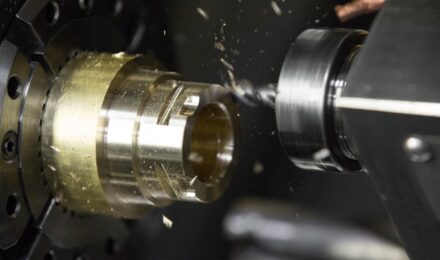Precision manufacturing is the executive branch of precision engineering. Precision engineering focuses on the design and development of highly sensitive components. Precision manufacturing takes the original purpose and design and turns it into a workable component part.
High dimensional accuracy is the main concern characterized by smaller parts with very high tolerances. While engineering focuses on the size and role of the component part in the device, precision manufacturing is all about creating the part as it was designed and specified.
Manufacturers are under constant pressure to maintain profitability despite the insistence on lower prices and faster time to market. After all, time saved in developing a product can add months of sales time and millions of dollars of additional revenue.
For example, the continuing demand for minimally invasive surgery drives demand for smaller and smaller components with small and complex properties. These market requirements lower costs, increasing efficiency and cost effectiveness.
CNC MACHINES IN PRECISION MANUFACTURING
The job of a CNC machine in precision manufacturing is to create a surface from a piece of stock using precise specifications so that component parts with precise dimensions and tolerances can be produced.
CNC machines derive from the turning and milling machines of the past years. Both lathes and milling machines are subtractive, removing material from a piece of bar stock to create something new and useful.
The first milling machine in the United States was invented by Eli Whitney in 1818 and was used mainly by metalworkers. Before the milling machine, it was shaped with metal files by highly skilled craftsmen. CNC vertical machines are the latest in a long evolution of milling machines since then.
Lathe has a much older history and has many more applications beyond metalworking. The earliest evidence of a lathe dates back to Ancient Egypt around 1300 BC (source: Wikipedia) and lathes are used to shape metal, wood, glass, plastic, and pottery. CNC Swiss Screw machines can perform multiple operations on the same stock piece quickly and precisely, while working on the same basic principle as the lathe.
The 20th century witnessed the transformation of a mechanics-based economy to a technology-based economy due to advances in machinery. Advanced technology has enabled rapid response to markets as they evolved, including those that rely on precision manufacturing.
In the 1970s Computer Numerical Control (CNC) machines were developed that integrate tools with computer programming. In the 1980s, the use of CNC machines for precision manufacturing became widespread, revolutionizing the way precision parts are produced. By the end of the decade, they have become the industry standard.
The addition of software-based control and monitoring has reduced errors caused by vibration, motion and tool wear; and increased production time on the machines allow precision manufacturing to adapt to the high demand for precision parts in the 21st century economy.
Advances in machine design over the years have been critical in the development of robotic medical devices, aircraft and technology equipment. When the machines are innovative and cutting-edge technology, the products they produce will be the same.







